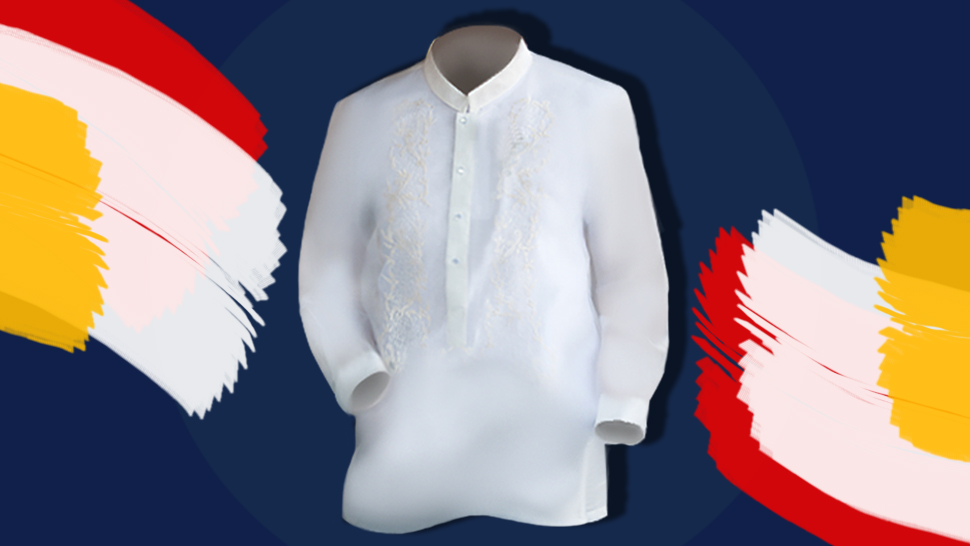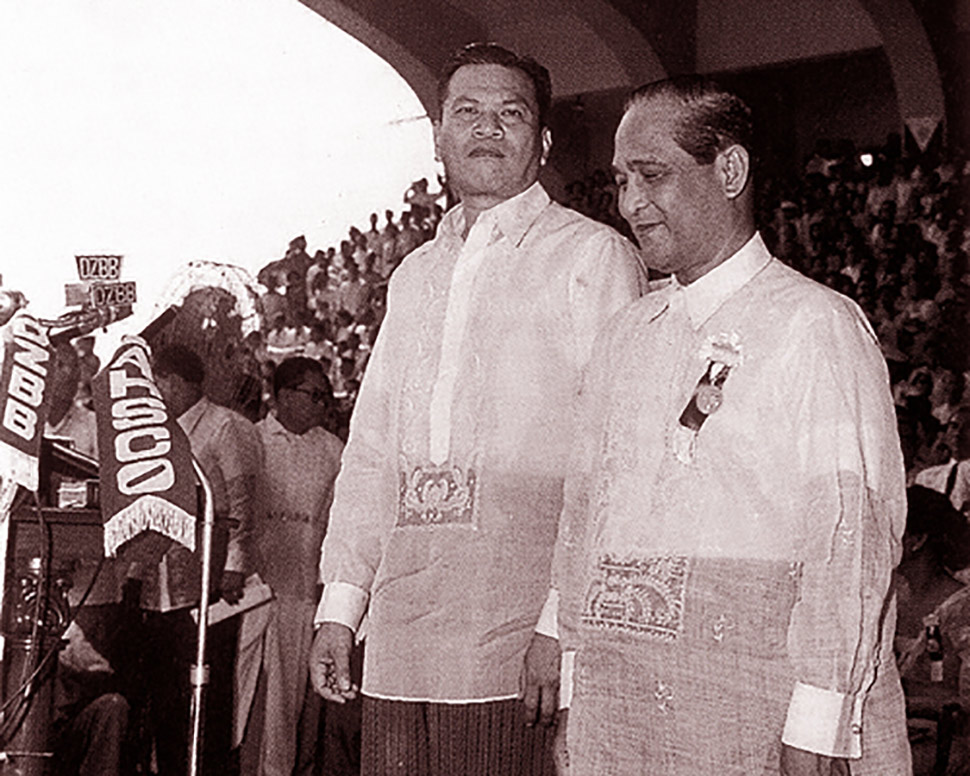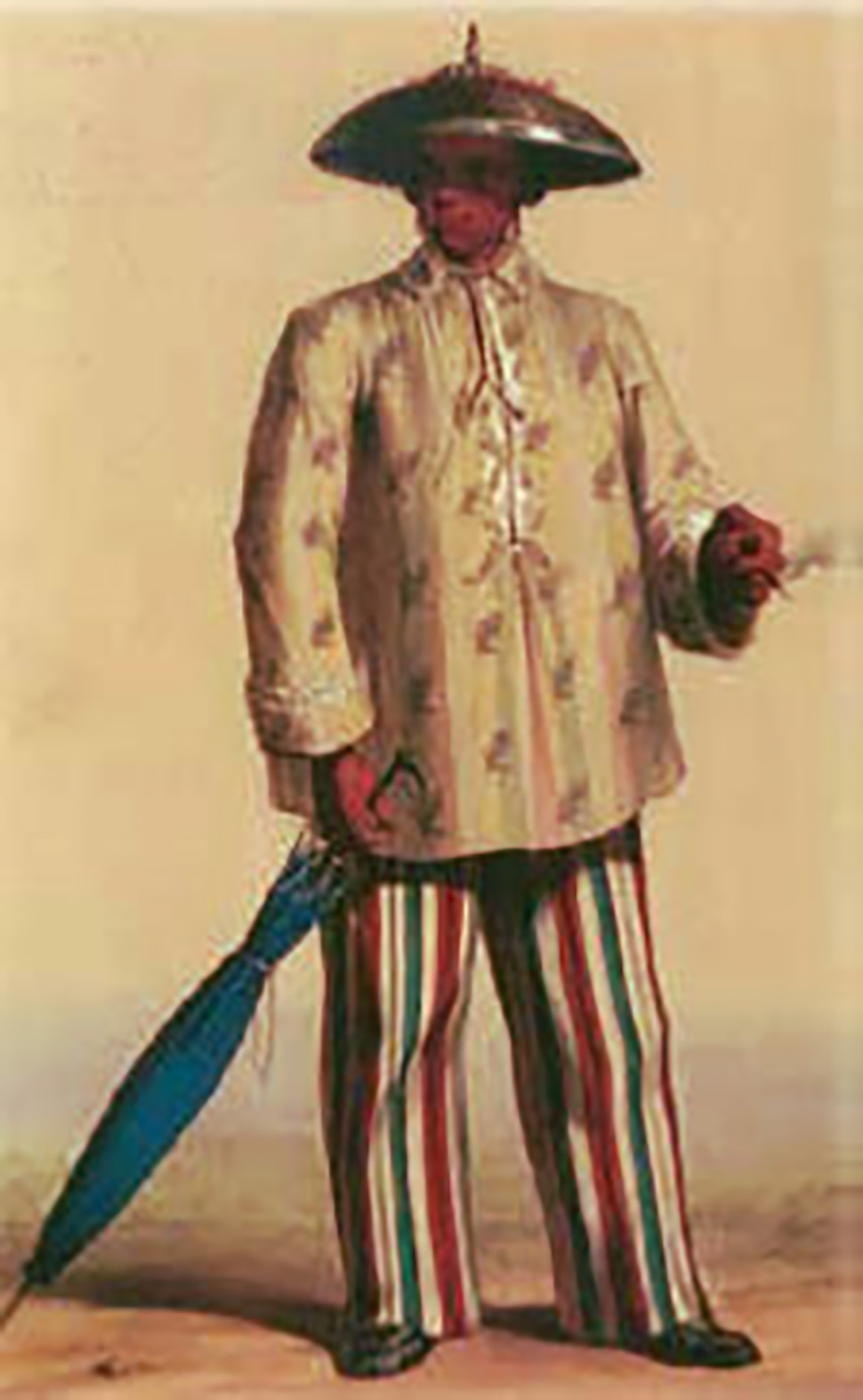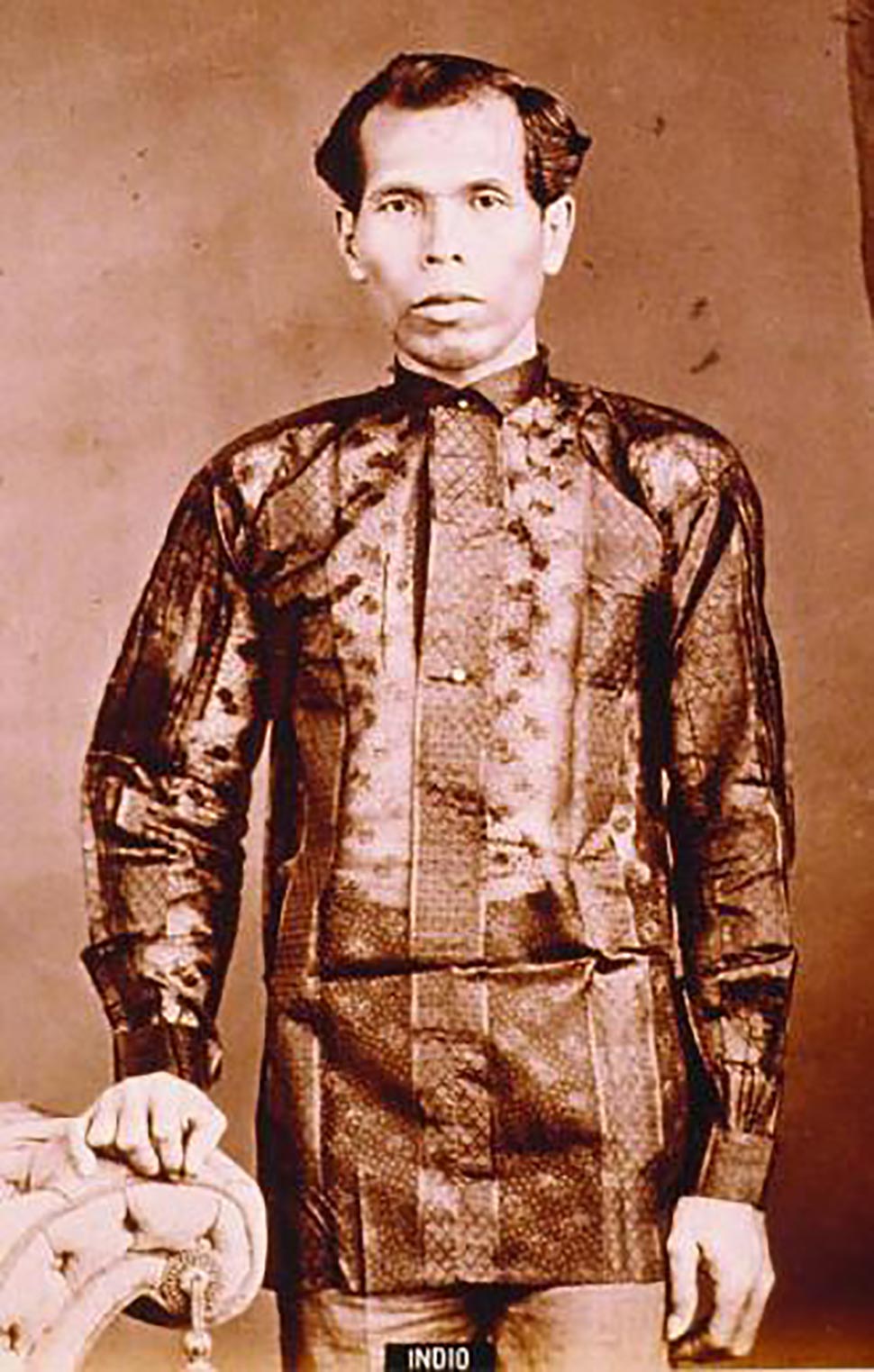The Weird and Wonderful History of the Barong Tagalog

The Barong Tagalog is arguably the most ubiquitous traditional clothing of the Philippines. It has enjoyed immense popularity as the formal garment worn on very important events, especially weddings. It has also been worn by Presidents, other world leaders, and even Hollywood celebrities.
In recent years, however, men have passed on the Filipino attire in favor of the western suit. Still, there’s no denying the sartorial greatness of the barong, which looks best in its purest form: sheer, cream-colored, and embroidered by hand in either piña or
There are several reasons to get your own Barong Tagalog, but before heading to your local tailor or shop, here are a few things to remember about this most venerated dress.
Its name, 'barong,' points to its origins.
A study of its etymology reveals that “Barong Tagalog” is taken from the phrase “

The Barong Tagalog was made popular by Philippine Presidents
President Ramon Magsaysay helped popularize the Barong Tagalog when he wore the attire during his inauguration and in all other state and personal affairs thereafter—the practice was later adopted by succeeding Presidents. During this time, floral patterns and midcentury designs, such as geometric figures, also emerged.
Meanwhile, President Ferdinand Marcos, via Proclamation No. 1374, established Barong Filipino Week on March 5 to 11, 1975. The Barong Tagalog was recognized as the national attire.
The Barong Tagalog has various origin stories.
There is an oft-cited story alleging how the Spaniards forced Filipinos to design the barong with translucent fabric and without pockets, as well as wear it untucked—features that prevented locals from hiding weapons and engaging in theft. The style also separated Filipinos from the colonizers, who wore shirts with standing collars tucked into their pants.
The same theory also alleges that the embroidered designs of the barong were a way to subvert Spanish restrictions, as embroidery made the garment more sophisticated and more valuable. Despite these claims, however, no literature confirming the Spanish regulations has surfaced.
Other accounts offer reasons why the barong is worn untucked. There is one that claims the fabric, made from either abaca or pineapple fiber, caused skin irritation. Meanwhile, old grandmothers’ tales say that the barong is loose and untucked because it was a hand-me-down from a generous Spanish master to
Visitacion de la Torre's The Barong Tagalog: The Philippines National Wear, meanwhile, reveals how pre-colonial Filipinos were already wearing a variation of the barong long before the Spanish arrived in the country. According to the book, locals wore the
Chiefs and famous warriors wore the
While the

The Barong Tagalog went through several evolutions during the Spanish colonial period.
In the 1700s, the Spaniards began wearing dressy shirts with standing collars, a feature that influenced the barong worn by
After the 18th century, the barong ditched the collar in favor of a shorter lapel, took on a higher hemline, and instead of being worn with loose trousers, was paired with tight pants with big military stripes. It was also accessorized with a colored silk handkerchief inspired by the European cravat.
By the 19th century, the barong featured a smaller collar and all-over embroidery. It was buttoned on the chest and worn without a cravat. Mestizos who traveled to Europe began wearing the barong with a topcoat, but regular folk wore it as usual,
The Barong Tagalog became even more modern in the 20th century.
When the country gained independence, the barong took on a more flamboyant style to celebrate freedom. The new barong, made of
Wealthy mestizos sported the barong with pointed shoes in black leather and bowler hats. De la Torre calls this version as “the most authentic Barong Tagalog,” the one that closely resembles the essence of today’s barong.
During the Commonwealth period, American culture became so widespread that men preferred the suit or tuxedo over the barong. Still, the garment did not entirely fade into obscurity. Sometime after World War II, a new version of the Barong Tagalog arrived, with a shorter shirt, an inner pocket on the left side, and colorful designs of Philippine scenes and games.

The Barong Tagalog spun off into other versions such as the polo barong.
The Barong Tagalog has kept many of the features from its long
The polo barong, a more casual version, has also become common as officewear. This short-sleeve version, made of linen, cotton, or jusi-silk or piña-silk hybrids, carries traditional embroidered designs, although geometric patterns have also become popular. Many also include pockets, a feature found in the guayabera.
The Barong Tagalog supposedly inspired garments from other countries.
The barong may have shaped shirts from other countries, as well. It is said to have influenced the multi-cultural aloha shirt of Hawaii. The aloha shirt is worn loose and untucked, a style inspired by the
Meanwhile, some sources claim the guayabera, a traditional Latin American garment, was also inspired by the Barong Tagalog.
The guayabera is widely known to have originated in Cuba in the 1880s, but sources make note of the arrival of the barong (invented two centuries prior) in Mexico and later, Cuba. The shirt, which was transported to far-off lands through the Manila-Acapulco galleon trade, was modified with pockets and woven with linen or cotton instead of pineapple or abaca fibers. There is also the
Whether our traditional garment influenced other cultural outfits or not, there is no denying its significance in how we dress today. Its simple elegance and high craftsmanship, not to mention


